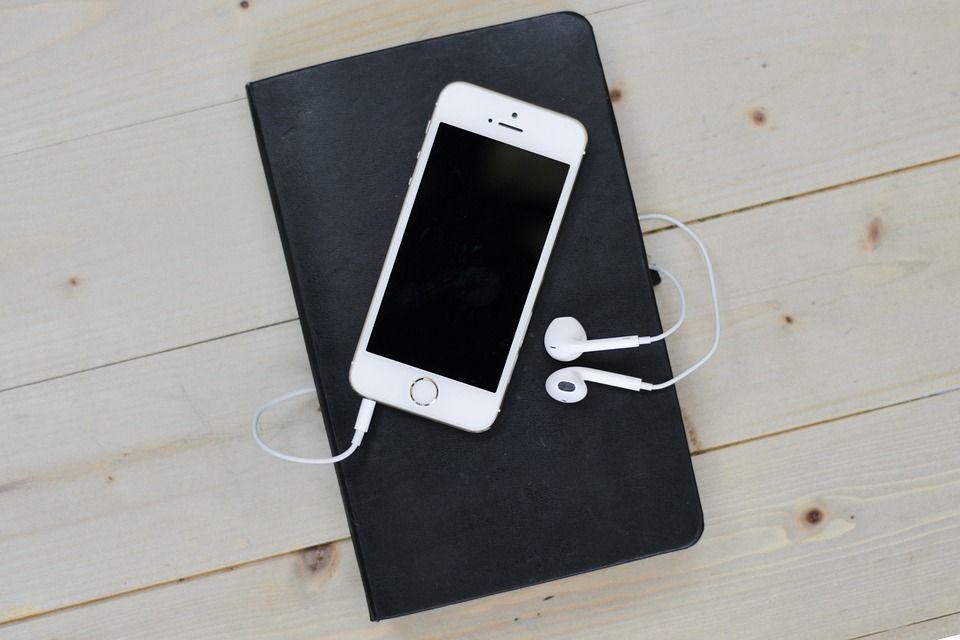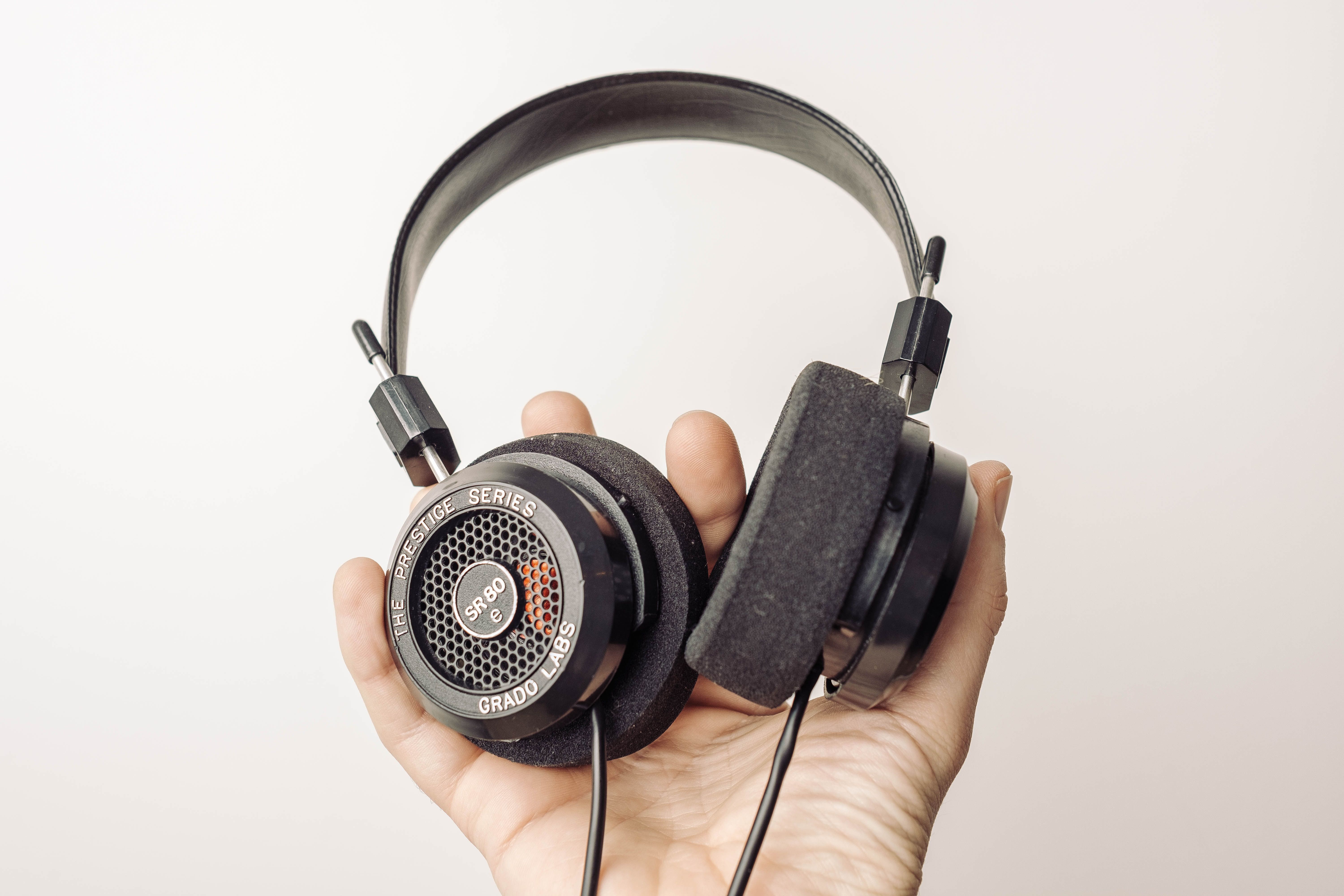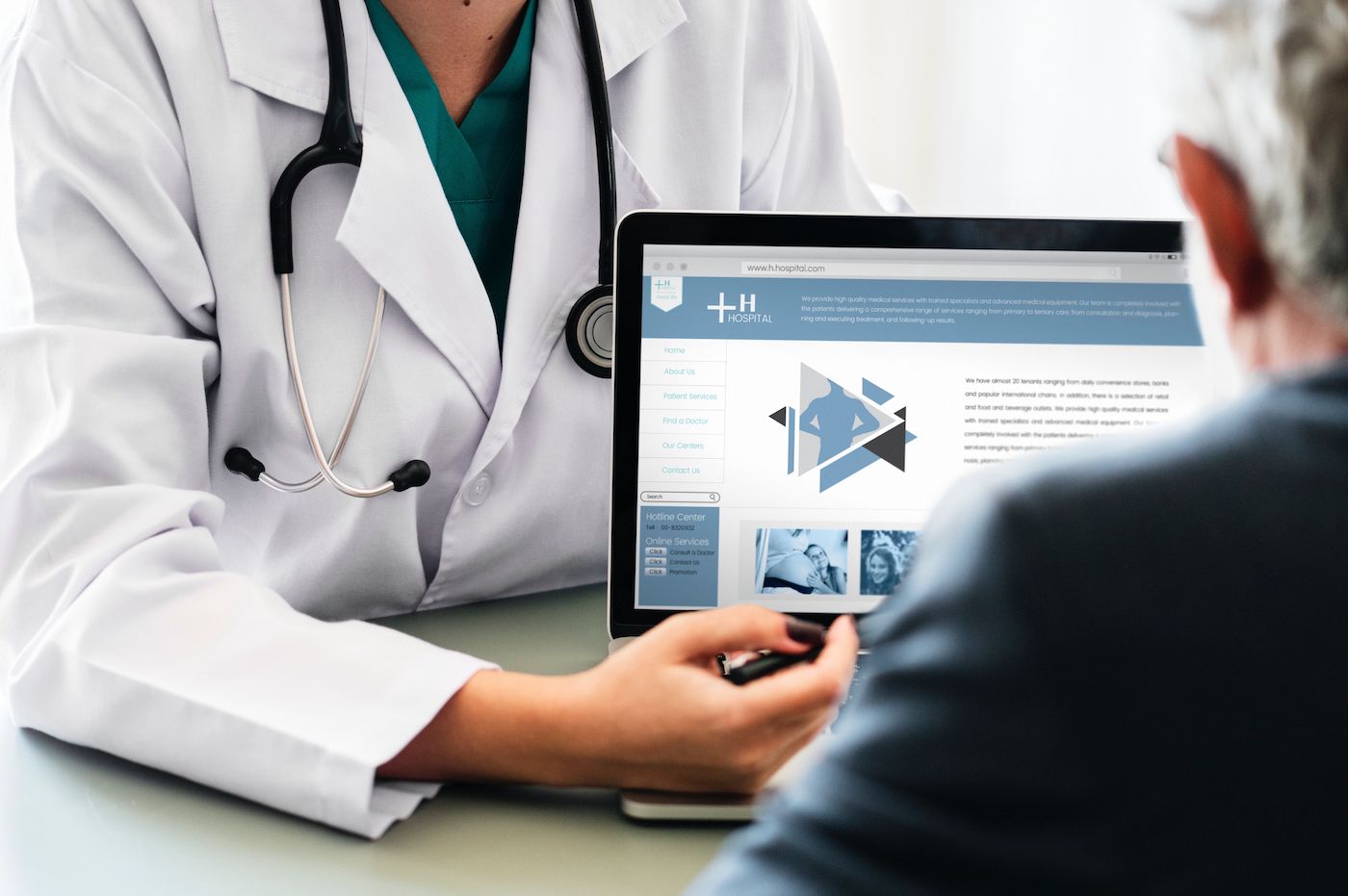According to WHO statistics, over 5% of the world’s population – approximately 466 million people – suffer from disabling hearing loss. While there are many different causes and forms of hearing loss, the critical factor in treating hearing loss is identifying and diagnosing it in the first place.
One of the most common methods is through Pure Tone Audiometry. Traditionally, this kind of test is administered by an audiologist in a controlled acoustic environment. The test is carried out with an audiometer and then the results are fed into specialised software for analysis. However, the widespread nature of mobile devices has opened up the possibility for audiometric tests to be carried out with mobile apps. But how viable is this compared to traditional audiometric methods?
There’s no shortage of ‘hearing test apps’ on both Android and iOS, although a significant percentage of these are consumer focused apps that aren’t clinically validated. These kind of apps can vary hugely in accuracy and are generally designed for entertainment rather than for use in a serious medical context. However, on the other end of the scale there are a number of apps intended for use by audiology professionals to carry out audiometric tests and actually diagnose hearing loss. Using apps like these for audiometry has a several advantages over traditional methods.
Advantages of Audiometry Apps
Firstly, audiometry apps can provide users with pre-screening as they are able to download the app and take the test at home without needing to book an appointment with an audiologist. In this case the audiometry app doesn’t replace a full test, but instead acts as a way for users to find out whether a full audiometry test might benefit them. Specsavers have built an app with this purpose in mind. Their Hearing Check App is intended to quickly determine the user’s level of hearing loss and advise them as to whether they would benefit from a full hearing test in store. Apps like this can serve as lead generation tools for hearing clinics as potential patients can use a free pre-screening audiometry app at home which may lead them to book an appointment with an audiologist.

Audiometry apps can also make financial sense for medical professionals for a number of reasons. For a start, the apps are significantly cheaper than buying specialised audiometry equipment and training people to use it. Additionally, as hearing loss isn’t a life-threatening condition, many areas don’t have the resources to offer audiometric tests. Where this is the case, a mobile app would facilitate tests being carried out without the need for a trained specialist.
Challenges of Audiometric Apps
However, audiometric apps aren’t without their challenges. While the test can be taken in the comfort of the app user’s home, it’s important that they are taking the test in an appropriate environment. For example, excessive ambient noise can impact the app user’s ability to hear the test and can cause inaccurate results. Normally background noise is eliminated by administering the test in an audiometric booth, but someone taking the test at home doesn’t have this luxury.
Another issue is that Pure Tone Audiometry is carried out with headphones, but if the user is taking the test outside of the controlled conditions of an audiologist’s office, they’ll likely be using their own headphones or earbuds. Obviously different listening devices have different frequency responses. Ultimately, this means that someone’s test results could vary depending on what headphones they’re using. There are far too many different models of headphones available for an app to take all possibilities into account. Often the apps are designed to account for some of the more popular headphones and earbuds, for example Apple’s EarPods are often one of the profiles used by audiometry apps. However, if the user owns an obscure pair of headphones, or their headphones aren’t of a good enough quality this can lead to inaccurate test results.

SHOEBOX
While there are plenty of audiometry apps out there, SHOEBOX is a good example of how mobile can be used in professional audiometry. Marketing itself as ‘the first clinically validated automated iPad Audiometer’, SHOEBOX currently has three different apps: SHOEBOX QuickTest, SHOEBOX Audiometry Standard Edition and SHOEBOX Audiometry Pro Edition.
The QuickTest app is intended as a self-administered test to generate new patients for hearing clinics. The app carries out a quick test that is simply designed to advise the user as to whether or not they would benefit from a full hearing test. The Standard Edition of the app is designed as a user-friendly audiometer intended for use by non-audiologists to carried out tests outside of a specialised sound booth. In contrast, the professional version of the app is intended for use by audiologists and ENT physicians and contains a number of advanced features including SRT/SDT testing and speech discrimination testing.
SHOEBOX proves that a clinically validated app built by developers with knowledge of audiology in audiometry is more than capable of replacing traditional audiometric methods. Considering the advantages of using a mobile app, such as the cost and accessibility, we could well see audiometric apps have the potential to be a dominant force in modern audiology.

